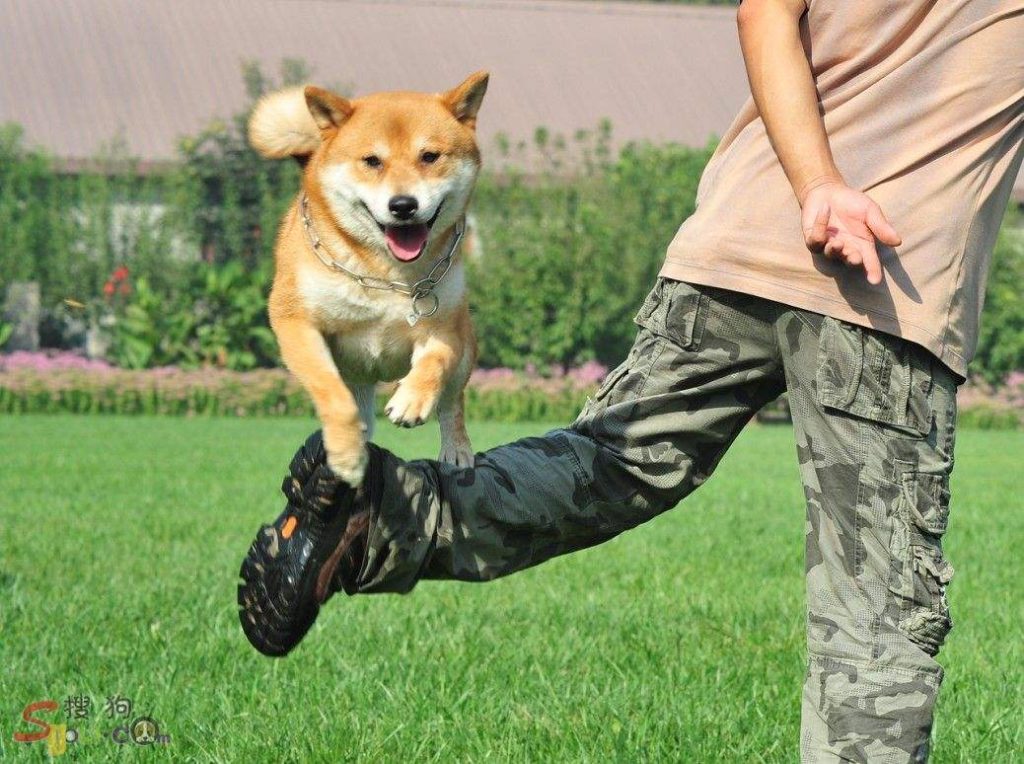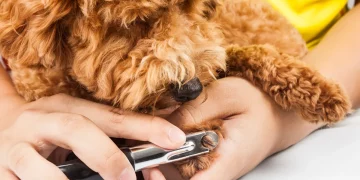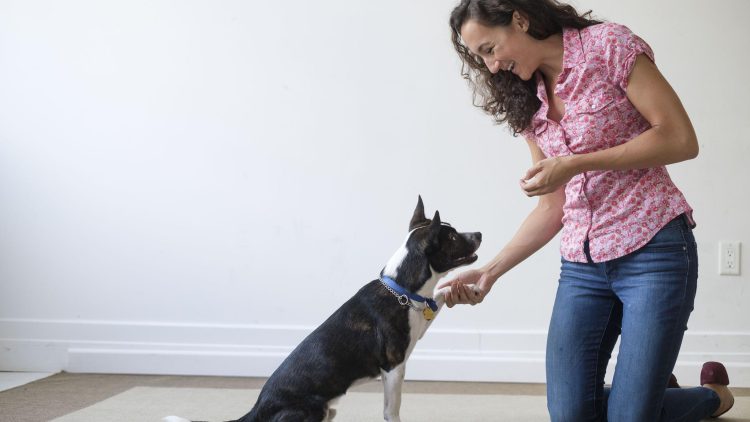Establishing Authority Through Training
The act of biting for a dog is an instinctive behavior, a form of expression whether they feel joy, fear, or anger. Many dog owners are rightfully concerned about bite incidents which can cause unnecessary harm and complications. However, with effective training techniques, dogs can learn to resist the urge to bite. Here are six approaches to train your dog.
Asserting Dominance:
Building Respect and Command
Before anything else, establishing your authority is crucial when training your dog. They must see you as the leader whose commands are to be followed. Seriousness in training sessions reinforces the message that obedience is not merely a game. Start by setting small, enforceable tasks, and if these are not met, ensure there are consequences.
Playtime Etiquette:
Encouraging Appropriate Play Behavior
Often, biting behaviors stem from either inadvertent encouragement or lack of correction by the owner during playtime. Introducing toys during interaction can help steer the dog away from nibiting people. If they resort to biting, immediate correction is necessary to signal that this behavior is unacceptable.
Bitter Deterrents:
Introducing Deterrent Tastes
For the teething puppies or dogs inclined to chew, apply a non-toxic, bitter-tasting deterrent to areas they are apt to bite. This unpleasant taste will teach them that people are not for “tasting.”

Disciplinary Actions:
Immediate Response to Biting
Even after applying deterrents, you should promptly correct any biting behavior. A spray of water can serve as a safe and effective deterrent. However, avoid hitting your dog, especially on the nose, as this can be misinterpreted as a playful gesture.
Painful Reactions:
Showing Displeasure to Discourage Biting
Express exaggerated pain and sorrow when bitten, and then distance yourself from the dog to show that biting is hurtful and will lead to isolation. Once the dog understands this, they are less likely to bite.
Familiarization with Strangers:
Acclimatizing Dogs to Social Environments
A dog’s proclivity to bite is often born out of fear or feeling threatened. By calmly exposing your dog to crowds at a manageable distance, they can become accustomed to the presence of strangers and are subsequently less likely to react with aggression.
Positive Reinforcement:
Rewards for Desirable Behavior
Just as punishment is part of training, rewarding good behavior is equally important. Offer treats when your dog complies well with the training regimen to reinforce positive behavior.
In training your canine friend, remember to balance discipline with reward, and with patience and consistency, you will cultivate a well-behaved companion.























































